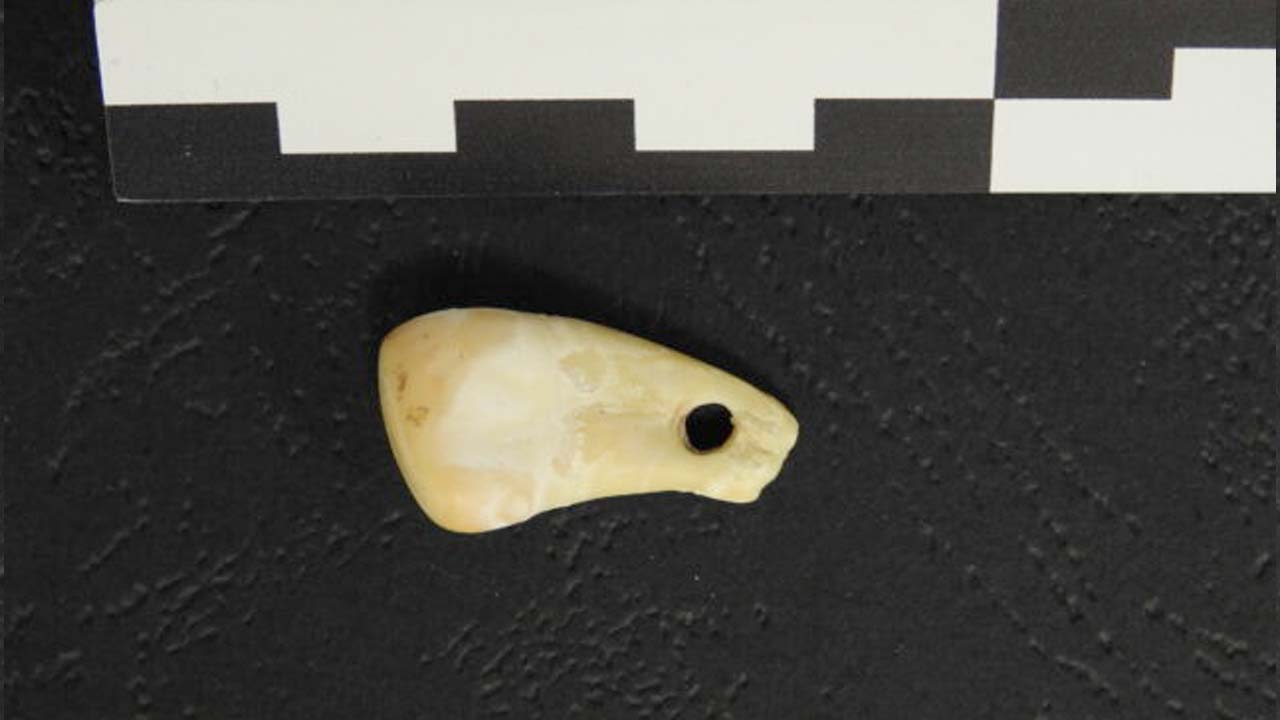Scientists from the Max Planck Institute managed to extract human DNA from a necklace piece found in 2019.
found tens of thousands of years ago necklace and earrings It can even shed light on those years. The status distinction and culture of the human community in the region where the accessories are found comes to light thanks to these discoveries.
However, the absence of human remains in the same area prevents us from knowing exactly where the people living at that time belonged. But with newly developed methods this is now possible. An example was announced in a study published on May 3.
DNA samples were taken from a necklace found in Russia!
- Deer tusk with DNA sampled, carved for a necklace.
Scientists from the Max Planck Institute used the new method they developed to obtain human DNA contaminated on an item without breaking the item. From the necklace found in Denisova Cave in Siberia in 2019 and thought to be about 20 thousand years old, ‘environmental DNA (eDNA)‘ was obtained.
What did the DNA from the necklace tell us?
Scientists examining the DNA saw that the number of X chromosomes in the DNA indicated that the person wearing this necklace was a woman. In addition, the woman’s DNA, 17,000 to 24,000 years it corresponded to the two communities living in the area before.
Compared to today’s humans, the DNA very similar to the Indians revealed. On the other hand, no physical remains of the woman were found, except for the chromosomes.
So how is this DNA extracted from a tiny necklace piece?

The DNA of humans and all other living things is scattered around through sweat or skin cells. The DNA found in the necklace piece is actually it was one of the DNAs that got into the item in this way.
Scientists used a special chemical mixture to obtain the DNA in the necklace. This chemical mixture 90 degrees Celsius The necklace, which was ‘washed’ with as much heat as possible, allowed DNA to be obtained without any damage.
Moreover, this method was so successful that, according to Elena Essel of the Institute, the result was as if a human tooth had been sampled.
What can be done with the new method?
The team at the Max Planck Institute will now begin applying their new method to other previously discovered items and accessories. In this way, before of other details not seen and learned in the past. will be targeted to be revealed.
RELATED NEWS
